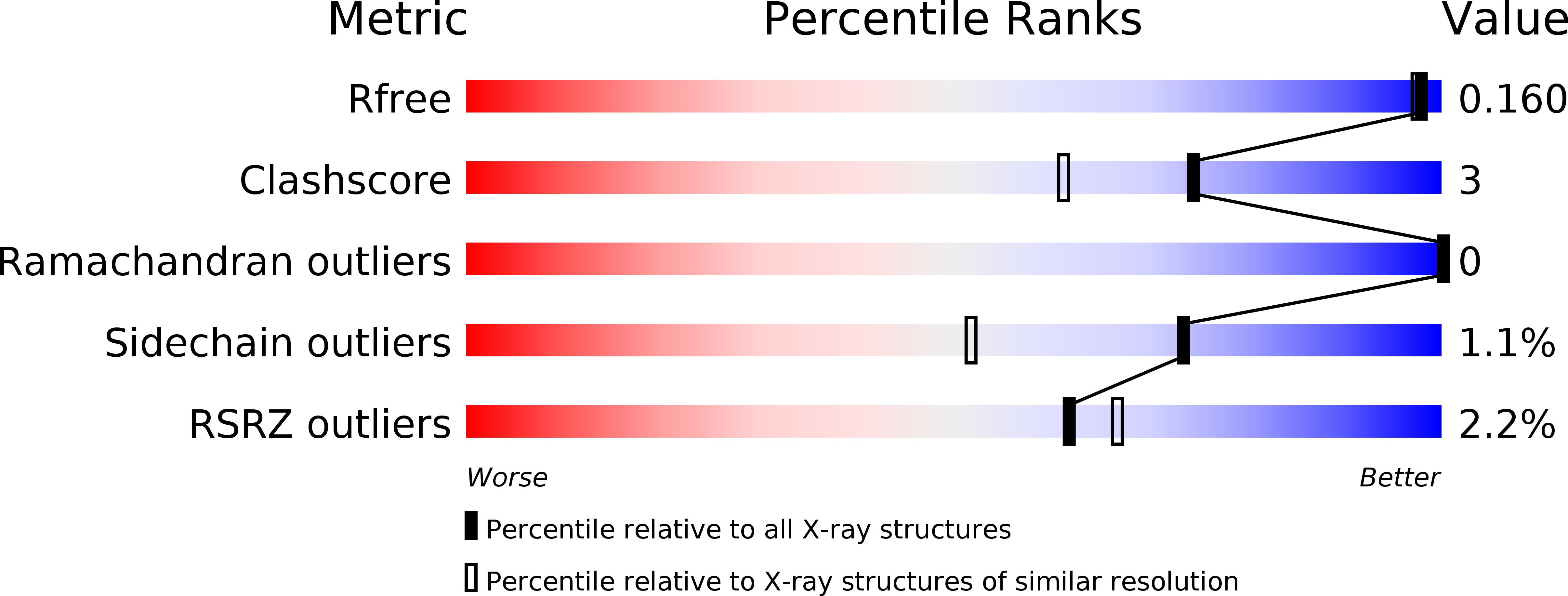
Deposition Date
2012-04-18
Release Date
2012-05-02
Last Version Date
2023-09-13
Entry Detail
PDB ID:
4EQG
Keywords:
Title:
Crystal structure of histidine triad nucleotide-binding protein 1 (HINT1) from human complexed with Ala-AMS
Biological Source:
Source Organism:
Homo sapiens (Taxon ID: 9606)
Host Organism:
Method Details:
Experimental Method:
Resolution:
1.52 Å
R-Value Free:
0.16
R-Value Work:
0.14
R-Value Observed:
0.14
Space Group:
C 1 2 1


